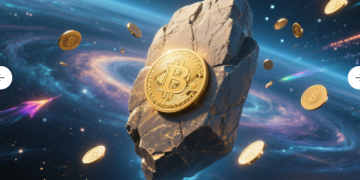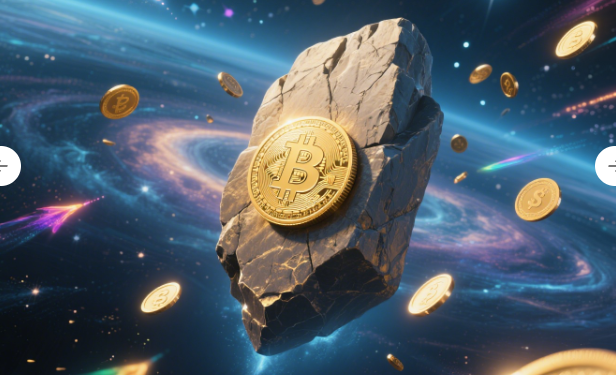In the dynamic world of cryptocurrencies, stablecoins and altcoins serve distinct roles, catering to different investor needs and risk appetites. Understanding their differences is crucial for anyone looking to navigate the crypto landscape effectively.
Stability vs. Speculation: Core Differences
Stablecoins are digital assets designed to maintain a stable value, typically pegged to fiat currencies like the U.S. dollar. This stability makes them ideal for transactions, savings, and as a hedge against market volatility. For instance, in 2024, the total market capitalization of fiat-pegged stablecoins surged to $161.2 billion, with Tether (USDT) leading at $114.4 billion, followed by USD Coin (USDC) at $33.3 billion and Dai (DAI) at $5.3 billion .
In contrast, altcoins encompass all cryptocurrencies other than Bitcoin, including Ethereum, Solana, and numerous tokens within decentralized finance (DeFi) ecosystems. These assets are often characterized by higher volatility and speculative potential, attracting investors seeking substantial returns amid market fluctuations.

Use Cases: Practical Applications and Investment Strategies
Stablecoins
- Payments and Remittances: Stablecoins facilitate fast, low-cost cross-border transactions. In 2024, stablecoin transfer volumes reached $27.6 trillion, surpassing the combined transaction volumes of Visa and Mastercard .
- DeFi and Yield Farming: Platforms like Aave and Compound offer opportunities to earn interest on stablecoin holdings, providing a safer alternative to volatile assets.
- Hedging and Portfolio Diversification: Investors use stablecoins to mitigate risks associated with market downturns, maintaining liquidity without exposure to price swings.
Altcoins
- Growth Potential: Altcoins like Ethereum and Solana offer innovative solutions in areas such as smart contracts and decentralized applications, presenting opportunities for significant capital appreciation.
- Staking and Governance: Many altcoins allow holders to participate in network governance and earn rewards through staking mechanisms.
- Speculative Trading: Traders often engage in short-term trading of altcoins to capitalize on price volatility, aiming for quick profits.
Market Dynamics: Adoption Trends and Regulatory Landscape
The adoption of stablecoins has been on the rise, with active stablecoin wallets increasing by 53% from February 2024 to February 2025 . This growth is driven by their utility in everyday transactions and the increasing integration into traditional financial systems.
Conversely, altcoins continue to attract attention for their technological advancements and potential for high returns. However, they also face challenges such as regulatory scrutiny and market volatility, which can impact investor confidence.
Risks and Considerations
- Stablecoins: While generally stable, they are not immune to risks. Instances like the collapse of TerraUSD (UST) in 2022 highlight the potential for algorithmic stablecoins to lose their peg under stress .
- Altcoins: The high volatility inherent in altcoins can lead to substantial gains or losses. Investors must conduct thorough research and be prepared for significant price swings.
Conclusion
Both stablecoins and altcoins play pivotal roles in the cryptocurrency ecosystem. Stablecoins offer stability and practical applications, making them suitable for transactions and risk management. Altcoins, with their innovative features and growth potential, cater to investors seeking higher returns and willing to navigate greater volatility.
At Bitora, we provide comprehensive insights and real-time data to help you stay informed and make educated decisions in the ever-evolving crypto market.
Author Bio:
Alex Morgan is a seasoned financial analyst specializing in digital assets and blockchain technology. With over a decade of experience in the cryptocurrency space, Alex offers in-depth analyses and strategic insights to investors navigating the complexities of the crypto market.



























